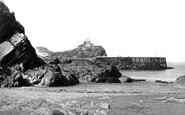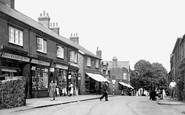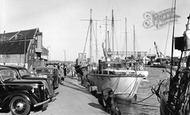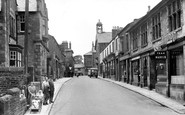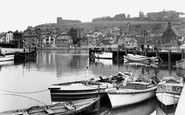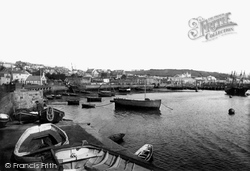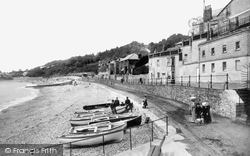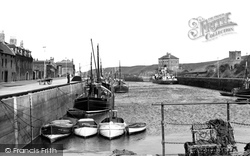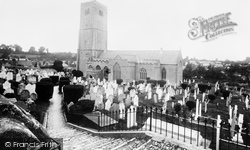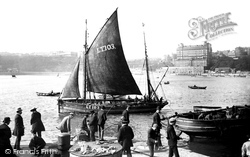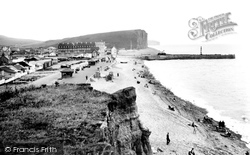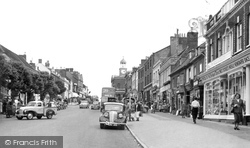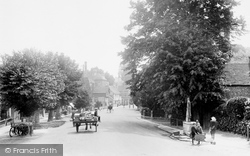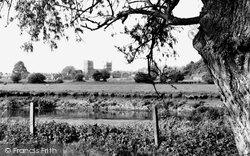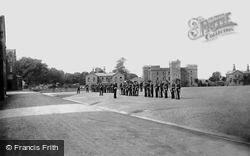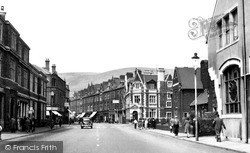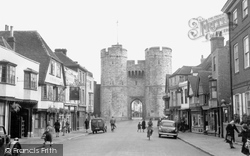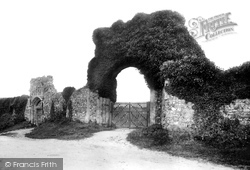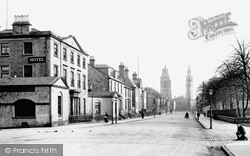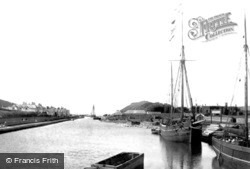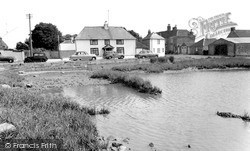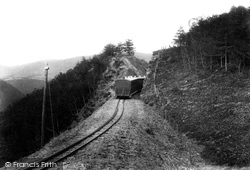Places
1 places found.
Did you mean: arthur ?
Those places high-lighted have photos. All locations may have maps, books and memories.
Photos
4 photos found. Showing results 121 to 4.
Maps
71 maps found.
Books
1 books found. Showing results 145 to 1.
Memories
96 memories found. Showing results 61 to 70.
Where I Was Born
My Beginning, at Sole Street near Cobham Kent. (9th March 1946 - 2nd January 1951) I was born on Saturday March 9th 1946 at 3.29pm at Temperley, The Street, Sole Street, Kent. I was delivered at home by the ...Read more
A memory of Sole Street in 1946
Morning Coffee At Rapparee
Wonderful little beach. As a lad in the late 1940's and early 50's, I was a deckchair boy here, and hundreds of people would walk from town to have a coffee at the cafe at the bottom of Rapparee steps, or spend half the ...Read more
A memory of Ilfracombe in 1950 by
Dysart Old Toll House And Harbour
I have many great memories of Dysart with my Gran Jane (Jean Allan and John (Big Jock) Allan. Last address together was 13 The Braes Dysart. On the hill on the road to Meickles Coalmine. We used to collect coal on the ...Read more
A memory of Dysart in 1950 by
Stokesby 40s 50s 60s
I read the memories of Cossey. I remember well Maureen Perryman, and the Blatchfords and Armours. That brought back many memories of my childhood in Stokesby. I was born at Stokesby Ferry and lived there until I was about 20 ...Read more
A memory of Stokesby in 1950 by
To Sea
The Seagoing Years. I must have left the Army sometime in August or September of 1949, and went back to C.J.King & son, tug owners, to carry on with my job as deck boy. This was not to my ...Read more
A memory of Bristol in 1950 by
Woodgate
I too was brought up in Rothley. I lived at 72, Woodgate. At the time it was the local telephone exchange, operated manually, my mother being the night operator. I remember George Hunt well, along with the Elkingtons, I used to get my ...Read more
A memory of Rothley in 1951 by
Raoc Army Camp
I was stationed at 104 Veh Coy (AFV) RAOC in the early fifties as an eighteen year old conscripted soldier. I have tried all ways to find any details of the camp and had no luck at all. I would appreciate it if anyone can recall ...Read more
A memory of Royston in 1951 by
Living On A Houseboat In Poole Harbour
My mother Elizabeth and my father, Graham Thomson, lived on a houseboat in Poole harbour during 1950 and 1951. I was a baby and they had to move to dry land when I became a toddler! My mother used to tell me how ...Read more
A memory of Poole in 1951 by
May Be Its Me And My Brother And Mum
I think that that is my mum Gladys Haigh, and my brother Douglas who is 4 years older than me is beside my mum, I'm the one in the pram I think! We were going to meet my dad Jim Haigh, we used to live Main ...Read more
A memory of High Bentham in 1952 by
Power Boats
The wooden clinker built boat, painted white in the lower right of the picture, was one of a pair of fast boats that the late Arthur Shippey and Tom Louis ran from coffee house end steps. They would call loudly ""half hour trips round the ...Read more
A memory of Whitby in 1953 by
Captions
211 captions found. Showing results 145 to 168.
Today the ships are rather less numerous - the Isles of Scilly boat 'Scillonian' is the only vessel of any size to operate from the harbour.
Beyond the boats and boatmen the old Cart Road to the Cobb harbour passes above Lucy's Ledge Jetty (centre left) and then below Cobb Cliff and Wings (top left).
Eyemouth's fine natural harbour has been the base for fishermen since medieval times. It was once the haunt of smugglers, who imported illicit spirits from the Continent.
Bangor's main street runs between the station and the harbour. The street today has been partly pedestrianised. In the early years of the 19th century, there were only 93 houses in the town.
Lyte's new church of All Saints', standing so prominently above the harbour.
Lyte's new church of All Saints', standing so prominently above the harbour.
A Lowestoft-registered fishing boat slips out to sea unnoticed by the anglers on the harbour. In the background is the imposing, if somewhat overpowering, edifice of the Grand Hotel.
of these stone and wooden jetties against the power of the sea, but also gives a good impression of the difficulties faced by the masters of sailing vessels in negotiating the narrow entrance to the harbour
This view shows the esplanade (left of centre) and the twin piers protecting the channel into Bridport Harbour (right). Looking eastwards from the cliffs above Black Rock.
As its name implies, this lovely Georgian town was once a port, though its harbour is now two miles away at West Bay.
Until about the middle of the 14th century, the town was also a port of some note, but by then the sea had begun to recede, leaving the harbour inaccessible to shipping and the river little more
Supplies came by sea to Poole Harbour and then by road from Hamworthy to Wimborne.
A 25-pounder gun and a Saladin armoured car are preserved on the site.
Its large Norman castle was built on a promontory that once stretched some distance out to sea, providing protection to the harbour that lay inland on the river estuary.
This view shows Southwold harbour on the other side of the river, with sailing craft, repair shops and landing stages.
Situated on the mouth of the Avon, it is a popular seaside resort, and boasts a harbour with the deepest berthing facilities in the British Isles.
Until 1829 it was the city jail, but in 1906 it became a museum of arms and armour.
The 1891 Pier Pavilion (centre) stands at the entrance to the pier, and at the end of the pier twin lighthouses flank the harbour mouth.
Following the ferocious storms of 1286-88, the River Blyth was diverted, the harbour partly blocked and huge areas of land were devoured by the sea, all of which marked the beginning of the decline of
The East India Harbour was completed in 1806-07, the Victoria Dock opened during the 1850s and the Albert Dock followed a decade or so later.
The harbour, with the sea lock in the far distance, still exists today, albeit completely altered. The quay to the right belonging to Hockin & Co is now a car park.
Sidlesham is a hamlet near Pagham Harbour. The 13th-century church of St Mary is built of stone rubble, not the usual flint of the area. Mapson's Farm was built in 1796.
This 12-mile-long railway was constructed along the south side of the Rheidol in 1901 to transport lead ore from the mines to the harbour, but it became a very popular tourist attraction for those wishing
In 1896 Newlyn fishermen, who never put to sea on Saturdays or Sundays, rioted in protest at 200 Lowestoft boats who worked at weekends. 2,000 men barricaded the harbour, preventing the East Coast men
Places (1)
Photos (4)
Memories (96)
Books (1)
Maps (71)



